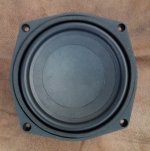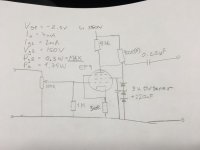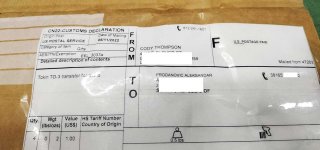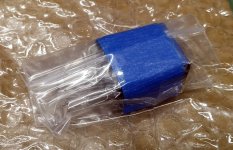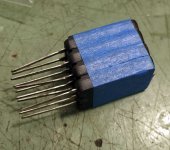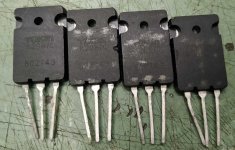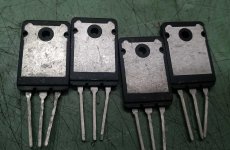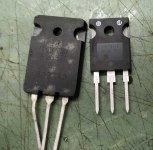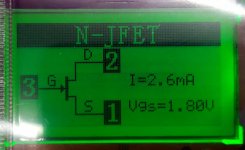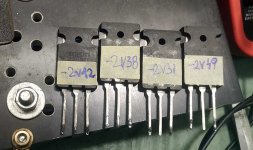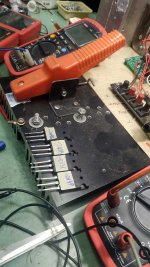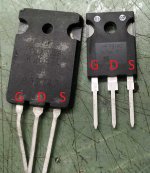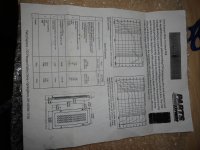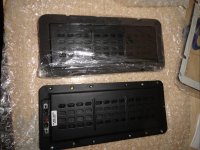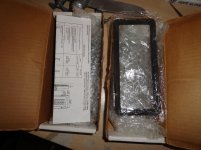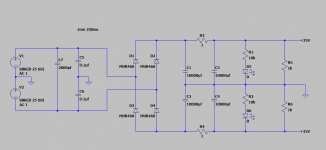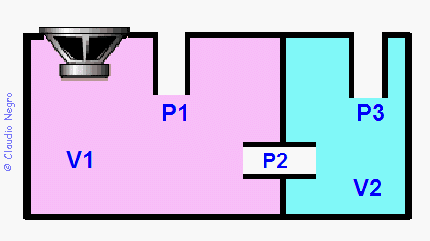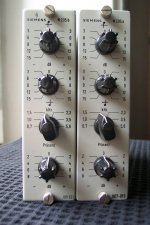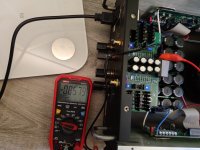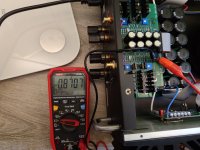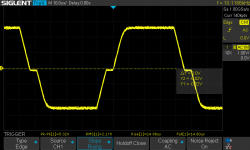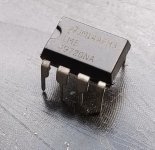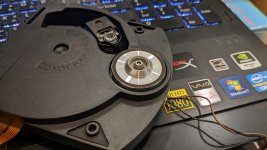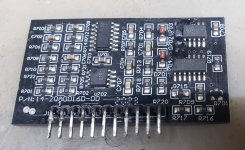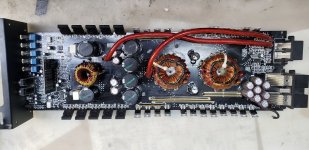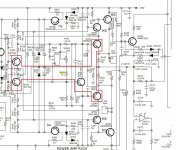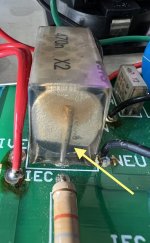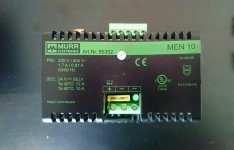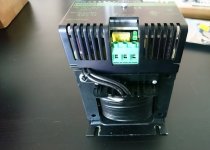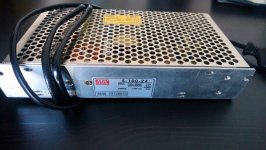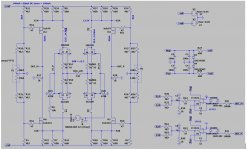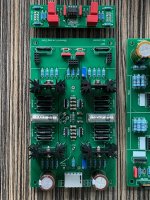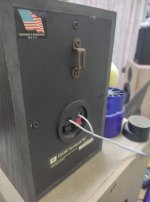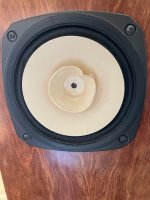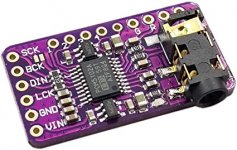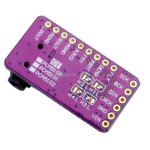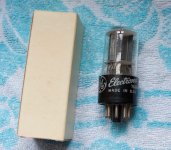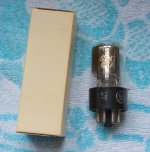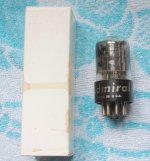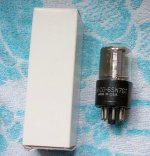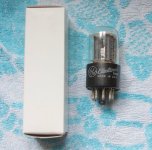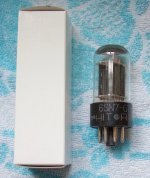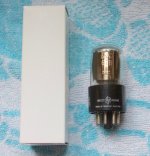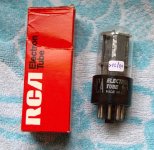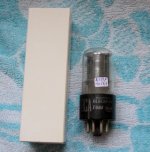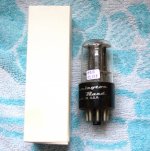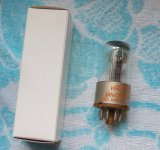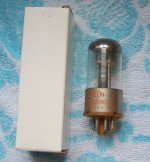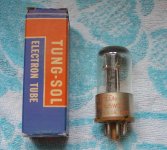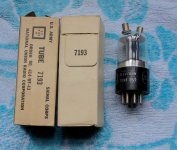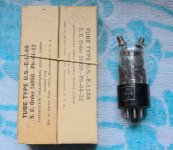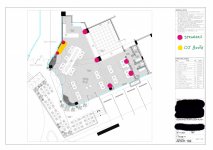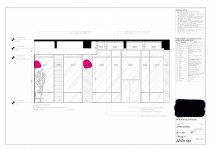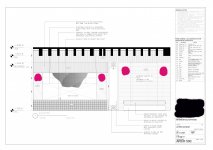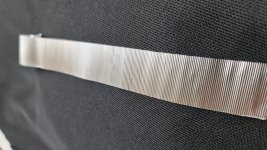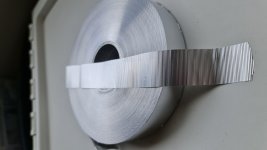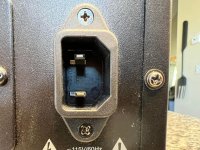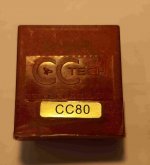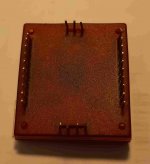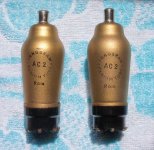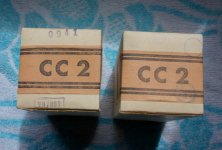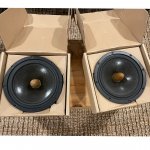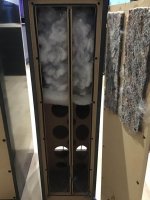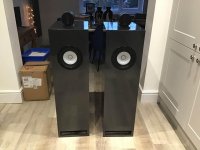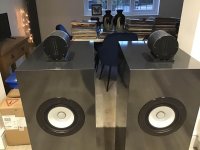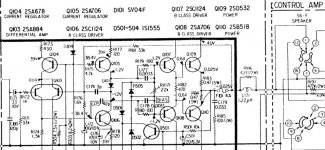Ok gents, time settle the formula for creating a DCR (double chamber reflex) enclosure, once and for all. Notice that we're not talking about DBR (Double bass reflex) as that is something else entirely (with a confusingly similar name). Creating a DCR is in on itself not particularly difficult. However all discussions and tutorials seems to go full fitness industry mode and no one says the same thing. This is why we need to agree on this once and for all.
I've not built a DCR yet because I don't got the time to find out what all of the parameters on the build should be by my self via endless testing. Using Claudionegro's guide (
DCR) goes a long way, but his talk about ports falls short in explaining. On other websites and forums (the little that there is on the subject) everyone has their own interpretation. In addition, the DBR and DCR is constantly mixed. Stirring all the information together, my take on the DCR enclosure so far is:
1. Pick a suitable driver of choice (EBP and that jazz still apply).
2. Make/simulate a 4th order alignment that fits you liking.
3. Simulate the enclosure from step 2 with two ports. (Keeping max port velocity to 5% of sound speed etc. still apply)
4. Take the enclosure volume from step 2 and divide it into 1/3 and 2/3. Such so the total volume still equals the volume from step 2.
5. Put the port (not total area x length, but the area x length of one of the two ports) you found in step 3 in the three different place that makes it a DCR. (One in each chamber to the outside, and one in-between the two chambers )
6. Place the driver in the larger chamber.
Simple enough, however it is the parameter rules that gets confused. Here is what I think is correct:
A. The port dimensions result is a product of the tuning in the full enclosure (regular 4. order BR), not in any of the 1/3 2/3 divided chambers. (I'm not sure on this one).
B. The driver should always be placed in the larger chamber. (In DBRs it doesn't matter as far as I know.)
C. All the three ports should be of exactly the same dimensions (or at least the same tuning). (I've seen someone say that the port connecting the two chambers should be twice as long as those connecting the inside of the enclosure to the outside, something I think is incorrect as it would throw the tuning of the smaller chamber right off.)
Please add/correct/give idea if you got any.
